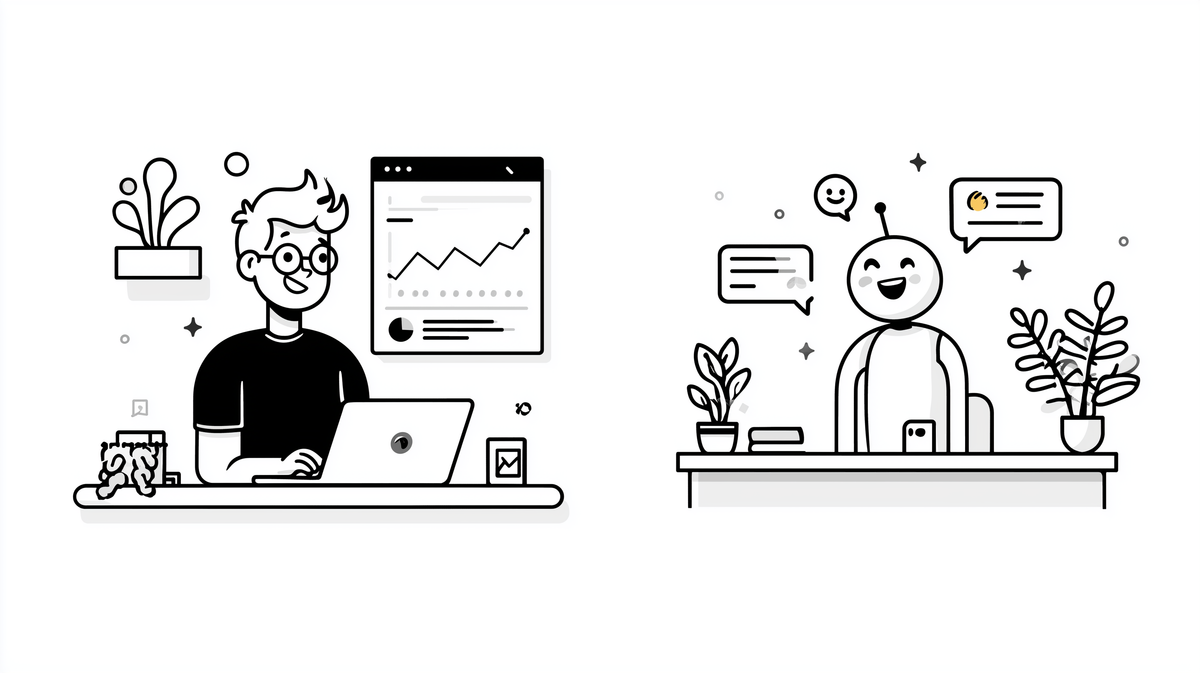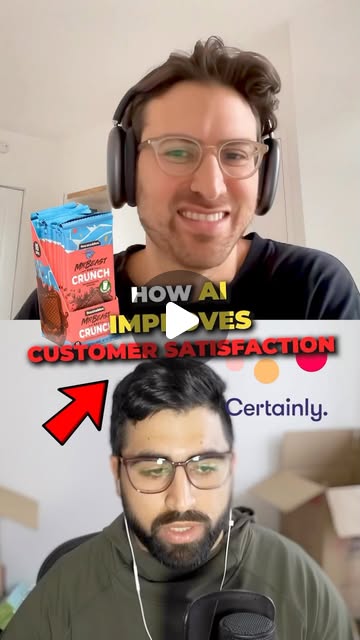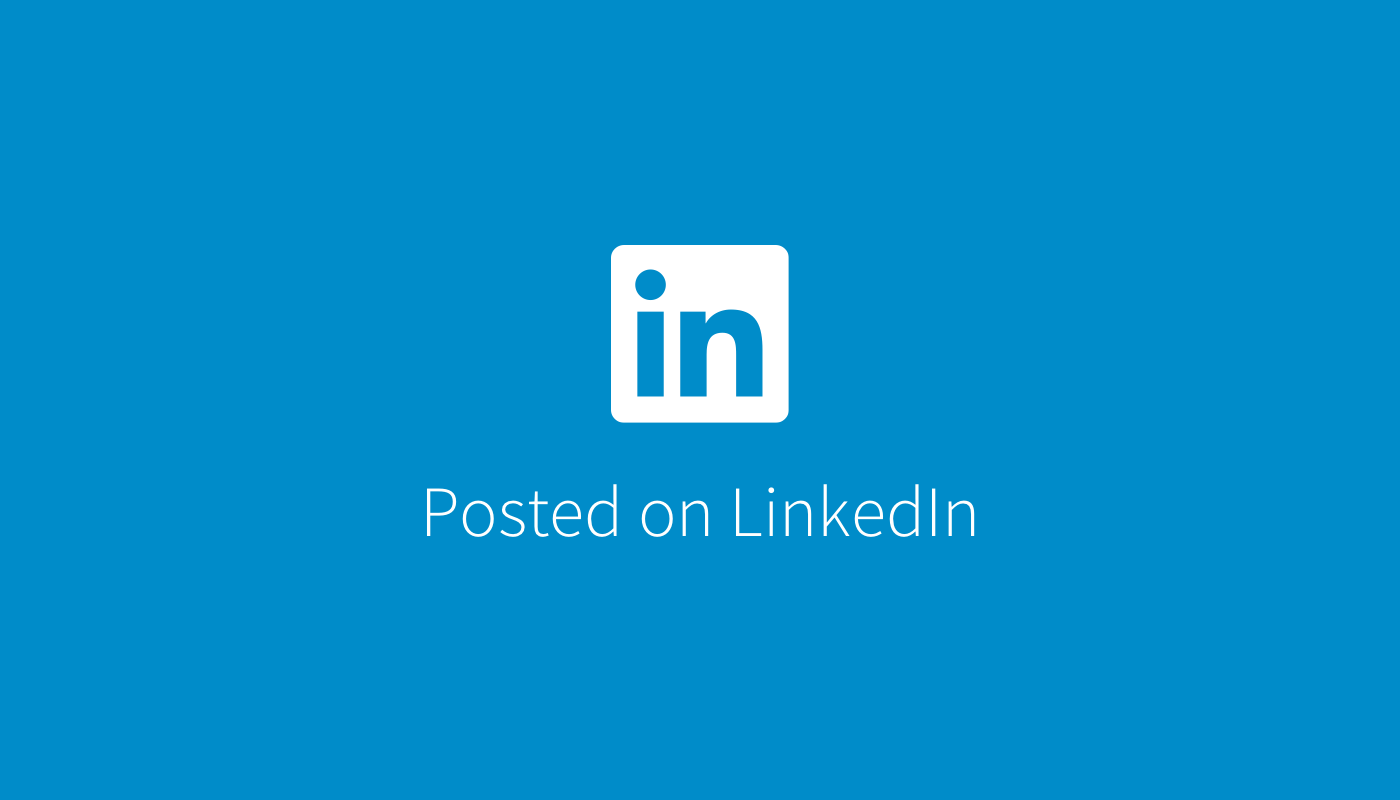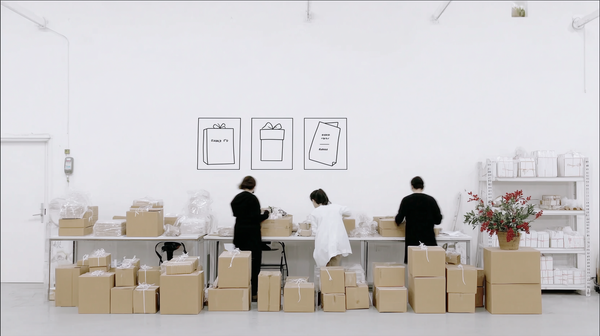Meta’s AI Chatbots: DTC Brands’ New Customer Engagement Hack

Meta’s AI chatbots can now message customers first. That means your brand can drop into a customer’s DMs—on Instagram, Messenger, or WhatsApp—with a friendly, helpful nudge that feels more like a concierge than a sales push.
As of July 3, Meta confirmed it’s testing proactive chatbot messages under a project called “Omni” (TechCrunch). These bots can follow up after a customer chats, remember preferences, and even bring up past conversations days later (Business Insider).
For Shopify brands, this isn’t just a novelty—it’s a new channel for driving repeat purchases, upsells, and retention. The question is: who’s going to do it right?
Why Meta’s Pushing AI Into DMs Now
Zuckerberg’s team isn’t shy about the “why.” Meta’s AI Studio is now the hub for creating chatbot personas—like a movie buff named “Maestro” or a fitness coach that tracks your routines. But beyond novelty, the business case is strong: Meta expects its AI tools to drive $2–3B in 2025 revenue (SiliconANGLE).
Importantly, these bots aren’t just cold messaging anyone. Meta built guardrails:
- They can only message users who’ve interacted with them
- Users must have sent 5+ messages in the past 14 days
- The bot only gets one proactive message—then it’s done unless re-engaged (Business Insider)
That makes this feel more like a thoughtful follow-up than a blast campaign. Think of it as chat-based retargeting—with way better open rates.
How DTC Brands Can Use These Bots
This isn’t about gimmicks—it’s about useful touches. Here are a few real-world scenarios already being tested:
- A coffee subscription bot on WhatsApp checks in: “Running low on your morning roast? Want a refill?”
- A skincare AI stylist on IG DMs you: “Need help pairing that serum you bought last week?”
- A wellness brand pings a past buyer: “We’ve added new flavors since your last order—want a peek?”
This is where DTC can really shine. These messages don’t have to sell—they just need to be helpful and human.
“People want personalized service—they’re just used to bad bots. Do it right, and it feels like a perk, not a pop-up,” said Mags Kolesinski on LinkedIn.

Why This Crushes Email (If You Respect It)
Let’s talk numbers.
| Channel | Avg. Open Rate | Response Rate |
|---|---|---|
| 20–30% | 2–4% | |
| SMS | 50–60% | 10–15% |
| Messenger/WhatsApp Bots | 70–80% | 15–30% |
Sources: BotPenguin, Sobot
Early pilots show proactive bots can re-engage churned subscribers, recover abandoned carts, or even boost post-purchase upsells. And when used to augment live chat (not replace it), they lower CX costs too.
That’s where tools like LiveRecover come in—providing real, human-powered SMS support to recover carts and answer questions in real time. For brands that want a blend of AI scale and human touch, pairing proactive chatbots with LiveRecover’s peer-to-peer SMS recovery can be a powerful combo.
Nik Sharma noted one brand dropped its support team from 14 to 2 just by deploying smarter AI flows (Greg Isenberg, Instagram).

But Don’t Be Creepy
Here’s where things can go sideways: if your bot oversteps, misunderstands context, or surfaces the wrong data.
Meta’s leaked training docs emphasize:
- No medical or financial advice
- Avoid “emotionally heavy” topics
- Keep tone light, friendly, and brand-safe (Business Insider)
DTC operators should think of the bot as a junior brand rep. You wouldn’t let an intern handle PR without guidelines—same here. Train it with FAQ data, product info, and tone-of-voice docs.
Also: give people an easy out. First message should say, “Type STOP if you don’t want future check-ins.” That’s just good etiquette.
Setting One Up Is (Shockingly) Doable
You don’t need a dev team. Meta’s AI Studio is no-code and free to start. You’ll:
- Create a new AI persona (e.g. “Alex, your skincare concierge”)
- Upload product descriptions, return policy, brand tone guide
- Test sample chats internally
- Connect it to Messenger or IG DMs
- Invite users to “Chat with our AI” via Stories, email, or product pages
Early adopters like creators and coaches have already built thousands of AI bots. Shopify brands are next.
“The first ones to get this right are going to print LTV,” said Alec Corum on LinkedIn.

Best Practices (So You Don’t Get Blocked)
Here’s how to stay out of the spam folder:
- Give your bot a name, tone, and clear purpose
- Only ping people who’ve shown intent
- Lead with value (tips, reminders, post-purchase support)
- Set expectations in the first message
- Don’t start with a discount code
- Don’t fake empathy or pretend it’s human
- Don’t follow up twice if they don’t bite
This Could Be the Next Owned Channel—If You Respect It
We’ve seen this movie before. SMS got hot, then spammed. WhatsApp started strong, then fell into the same trap. Right now, Meta’s chatbot DMs feel novel, helpful, and underutilized.
The brands that use this sparingly, helpfully, and with personality? They’ll win attention and loyalty. The ones who overuse it will ruin it for everyone.
Use it like a concierge, not a coupon cannon.
Subscribe for weekly DTC insights.







